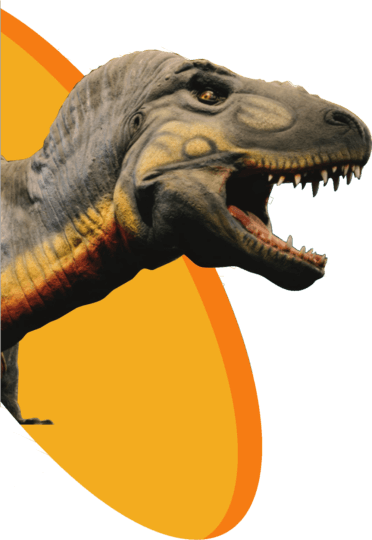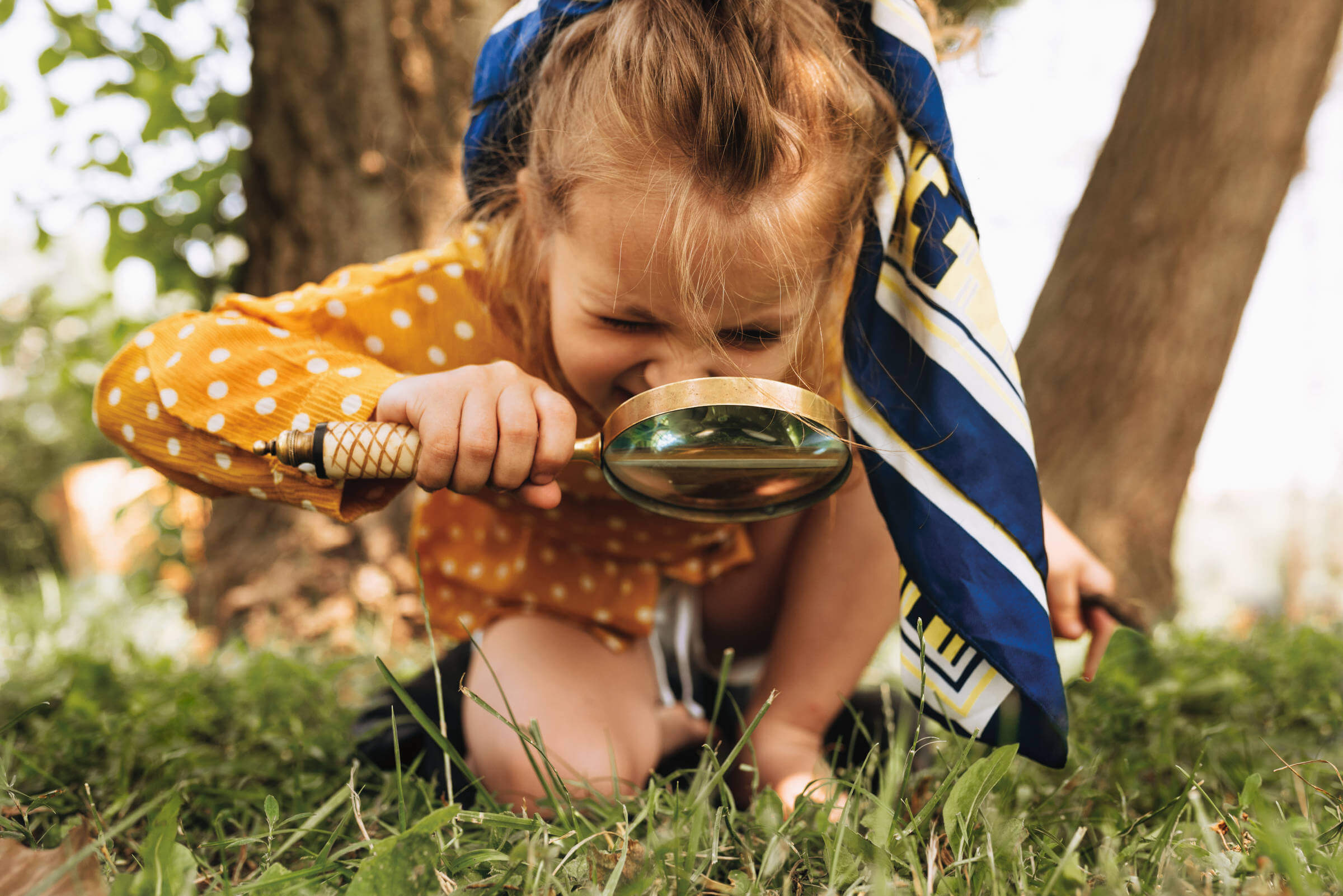
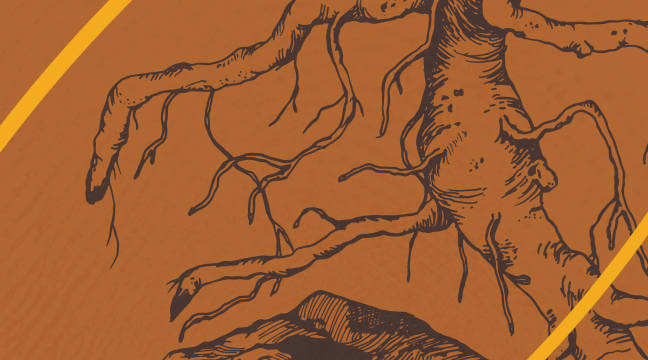
TAKING ROOT
In July of 2021, the GROW Gallery’s Root Towers exhibit opened to guests. The nine towers give guests a window into the world beneath their feet through nine different plants, including perennials (plants that come back year after year) and annuals (which need to be re-planted every growing season).
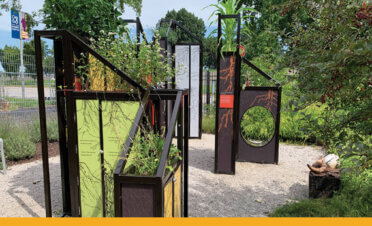 The GROW Gallery’s Root Towers encourage guests to use their observation skills to ask questions and see what discoveries they can make. How do the perennial roots look compared to the annual roots? Do all roots look the same? Do some plants have thicker roots? What happens to the roots underground when it’s cold? Guests are encouraged to open the doors to the towers to find answers and can make notations using stickers to show the root growth on the day they visited. Rulers along the sides also allow guests to see how they “measure up” to the plant roots. Repeat visits to the towers allow guests to see if or how the roots have changed.
The GROW Gallery’s Root Towers encourage guests to use their observation skills to ask questions and see what discoveries they can make. How do the perennial roots look compared to the annual roots? Do all roots look the same? Do some plants have thicker roots? What happens to the roots underground when it’s cold? Guests are encouraged to open the doors to the towers to find answers and can make notations using stickers to show the root growth on the day they visited. Rulers along the sides also allow guests to see how they “measure up” to the plant roots. Repeat visits to the towers allow guests to see if or how the roots have changed.
“It’s been fun watching grown-ups and kids make their own discoveries about the roots, the soil and the soil organisms living in the towers,” says Maddie Earnest, manager of the GROW Gallery. “I really like how this exhibit encourages guests to go deeper into science topics, whether by reading the interior door content or taking a stroll through the towers to see the variety of plants for themselves.”
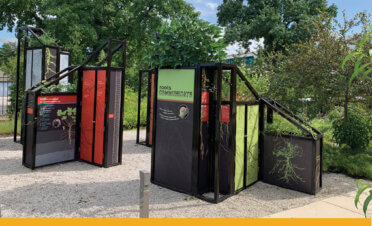 This year, guests can expect to see familiar annual food crops like corn and Swiss chard as well as perennial plants like leadplant and alfalfa.
This year, guests can expect to see familiar annual food crops like corn and Swiss chard as well as perennial plants like leadplant and alfalfa.
Earnest says that seeing corn has been especially fun for guests. “The corn plant has a massive and very fibrous root structure that’s revealed when you open the doors to the towers. It’s incredible to think how much root matter is under all those corn fields when each acre is planted with 22,000–35,000 plants.” In the U.S. in 2020, farmers grew corn on 82.5 million acres of land. “That amount of land, corn, and roots is almost inconceivable to most of us,” Earnest says. “One corn plant’s fibrous root structure can stretch 400 miles if connected in one long piece. No wonder scientists are going deep into the study of root structure.”
In fact, scientists right here in Missouri at both the Donald Danforth Plant Science Center and the University of Missouri are studying root architecture as well as interactions between the roots and the soil environments.
When guests visit the Root Towers, they’ll also be able to learn about some of the scientists working with food crops, roots and soil/root interactions, topics that will be key in finding ways for humans to grow food crops that can thrive in our world’s changing climate conditions.
With so much to learn about how soil organisms and soil structure interact with plants, it’s a perfect time to come see what’s taking root out in GROW.
FEATURED FOSSIL
Juvenile Triceratops Frill
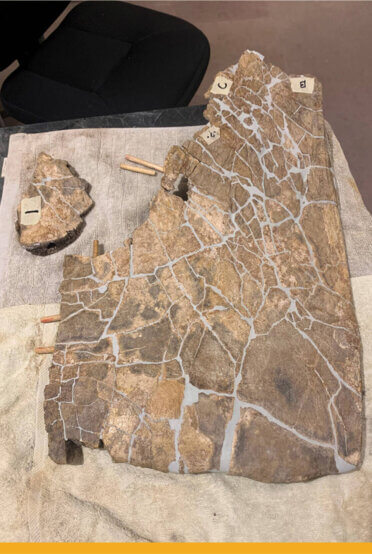 Did you know that at the Dana Brown Fossil Prep Lab, staff and volunteers work on preparing real dinosaur fossils? The fossils in the dig site are casts from real fossils that can be seen on display in the prep lab!
Did you know that at the Dana Brown Fossil Prep Lab, staff and volunteers work on preparing real dinosaur fossils? The fossils in the dig site are casts from real fossils that can be seen on display in the prep lab!
Here, see a juvenile triceratops frill (or head plate) fossil being pieced together. To increase the overall stability of the frill, the team is “pinning” larger pieces together as they work to reassemble the fossil.
Stop by the Dana Brown Fossil Prep Lab on your next visit to see more fossils like this one! Learn more at slsc.org/fossil-lab.






